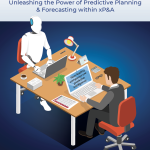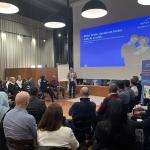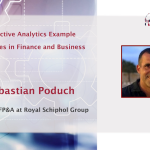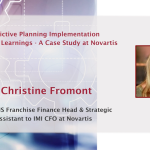The Boston FP&A Board members came together at Spaces State Street on March 21, 2024, for a session dedicated to mastering FP&A Predictive Planning and Forecasting. The meeting was a lively and engaging session with 37 senior subject matter experts and thought leaders from a very diverse group of global firms such as Philips, Novartis, Takeda Pharmaceuticals, International Rescue Committee, Vertex, MetLife, State Street, Sensata Technologies, Biogen and many others.
The meeting was sponsored by Pigment in partnership with CFGI and International Workplace Group.
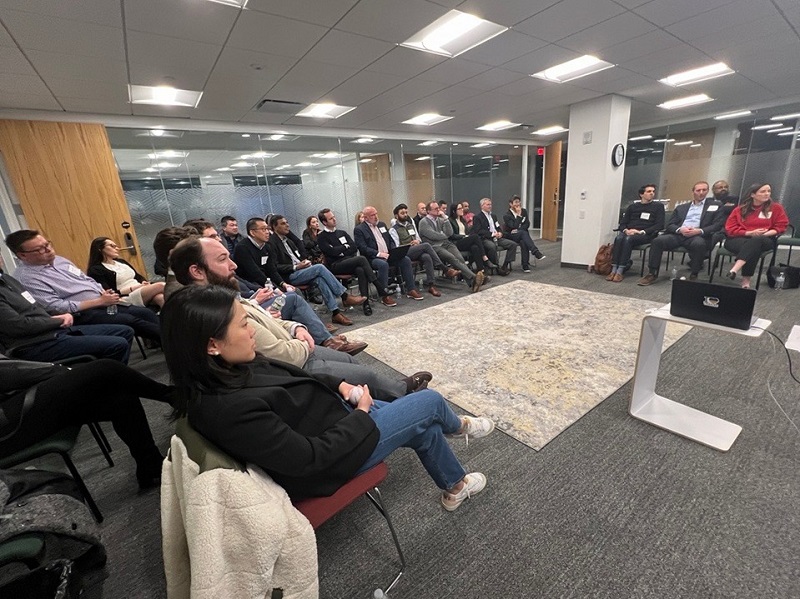
Figure 1: Boston FP&A Board №12, March 2024
Larysa Melnychuk, CEO and Founder of the FP&A Trends Group, welcomed the finance leaders and briefly outlined the history of the mission, goals and output from recent gatherings. She set the stage to create a safe environment that everyone would feel free to learn with this agenda:
Dynamic Shift: Mastering FP&A – Predictive Planning and Forecasting
- Evolution and Balance: From Traditional Planning to Predictive Forecasting (PPF)
- Key Elements of the PPF Solution Framework
- Roadmap to Implementation
- Navigating the PPF Maturity Model
- Practical insights from the field
- Group work
- Conclusions and Recommendations
Larysa asked the group to consider the following definition of Predictive Planning and Forecasting (PPF):
“PPF employs data, statistical, and quantitative analysis to create predictive models for evidence-based decisions and actions.”
With that foundation laid, Larysa asked each participant to introduce themselves and provide an answer to the following question:
“What’s the first thing that comes to your mind when you think about the potential impact of Predictive Planning and Forecasting on our organization?”
The responses were insightful and thought-provoking:
- Powerful,
- Baseline,
- Unbiased,
- Risk Mitigating,
- Agile,
- Competitive Advantage,
- Reliable/Stable/Resilient
- Scenario Enabling,
- Quick/Efficient,
- Data Accuracy/Integrity,
- Iterative,
- Atomicity
On learning these insights, the audience deep-dived into the exploration of the PPF approach. Larysa Melnychuk outlined the key differences between it and traditional planning, which most of us are accustomed to. Some of them are shown in the picture below.
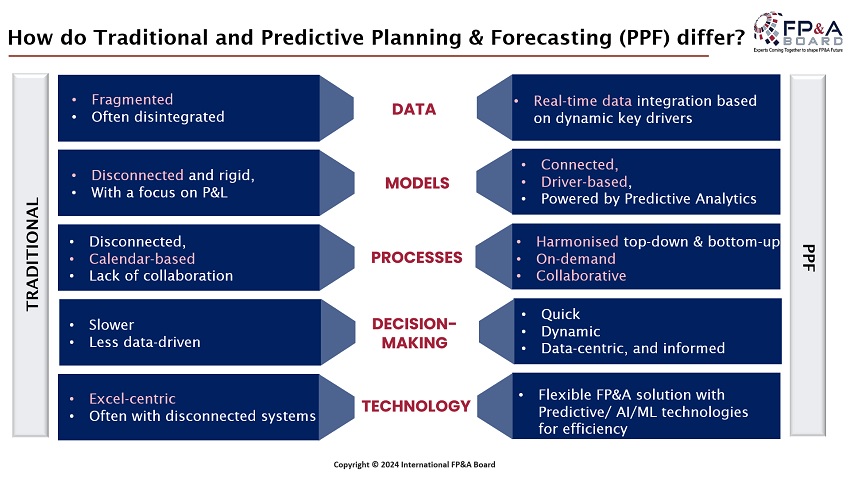
Figure 2
One of the main items on the agenda was dedicated to the FP&A Trends PPF Maturity Model. The Boston FP&A Board members discussed this benchmarking tool, which encompasses 6 dimensions and 5 stages for improving organizational PPF maturity.
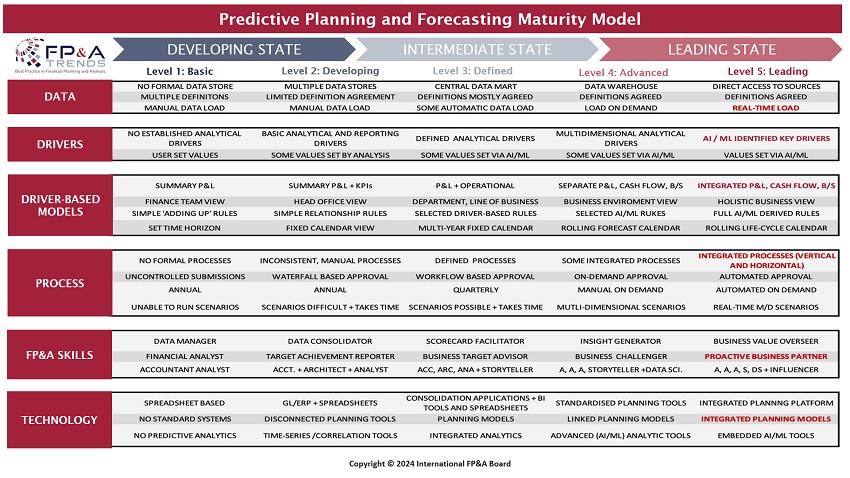
Figure 3
A key takeaway from this session was not solely focused on the PA/ML’s impact on FP&A in isolation, but more importantly, on how it could be connected to the following three areas: FP&A Skills, Data & Models and Technology & Analytics. These areas were under the lens during the group work sessions described below. The Boston FP&A Board members agreed that PA/ML could create a complete paradigm shift from a backwards-looking forecasting approach and transform it into a far more proactive and participative process.
Group Work Insights
FP&A Skills Subgroup
This subgroup identified that critical skills for implementing PPF are networking and communication skills, business acumen, curiosity, storytelling, organized/methodical thinking, Change Management/influence, being tech savvy, emotional intelligence, and agility. There was a fascinating dialog around how AI/ML could change or even revolutionize each of these basic skill needs.
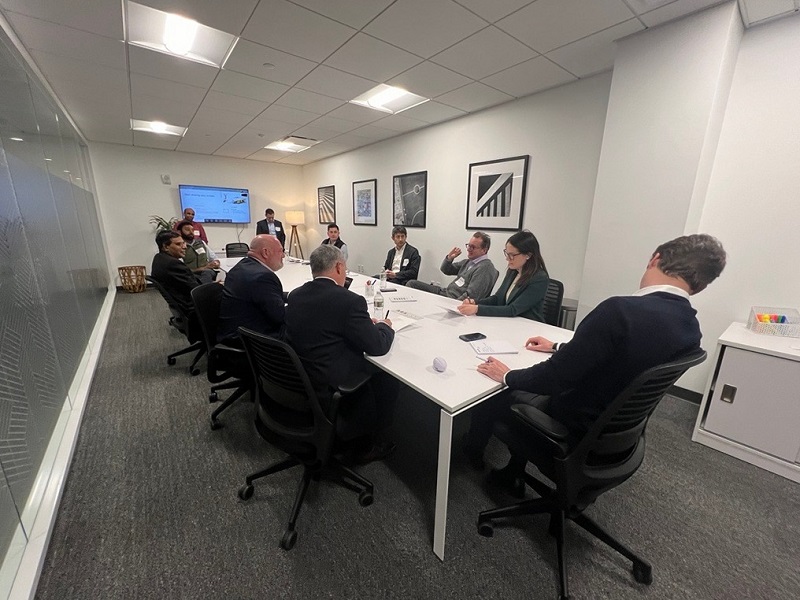
Figure 4: Group Work, Boston FP&A Board №12, March 2024
Maryam Pazouki of Novartis noted that one could create the most efficient and accurate AI forecast possible. However, if that AI model was not accepted by the overall firm, then the output from that model would be generally dismissed. The key point is that FP&A leaders’ soft skills would continue to be critical to help gain enterprise acceptance of an AI predictive model.
Data & Models Subgroup
There was also a great discussion about the value of a forecast and a subsequent reforecast in and of itself. Is forecasting valuable as an activity regardless of the final output? What are we solving for? What is the driver for the decision? What data do we need? Do we have the resources, people, systems? The discussion about how each of these questions may be impacted by the introduction of automation and Machine Learning was particularly interesting.
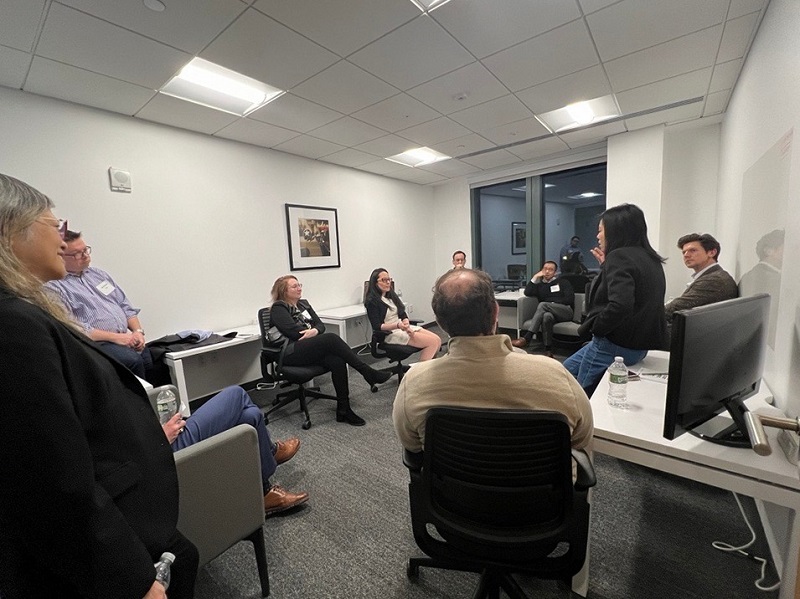
Figure 5: Group Work, Boston FP&A Board №12, March 2024
Technology & Analytics Subgroup
In terms of implementing AI/ML into FP&A, this subgroup noted the criticality of speed, accuracy and agility, along with data availability, granularity and integrity in creating a forecast. Notably, the forum recognized that the validity of data, drivers, and methodology within an AI environment would require upfront acceptance after which only maintenance might be required.
Conclusion
The session allowed this wonderfully diverse group of executives from different companies and industries to share and learn how Predictive Analytics (PA) and Machine Learning (ML) can help if applied to FP&A.
The advent of AI into our profession provides us with a great opportunity, and success becomes more achievable when we share best practices with each other. This session was energizing, fascinating, engaging and very valuable. The participants were willing to share and learn from each other. The environment was open, free-flowing and intellectually rewarding.

